13 Areas U.S. Travelers Are Urged To Skip In This South American Hotspot
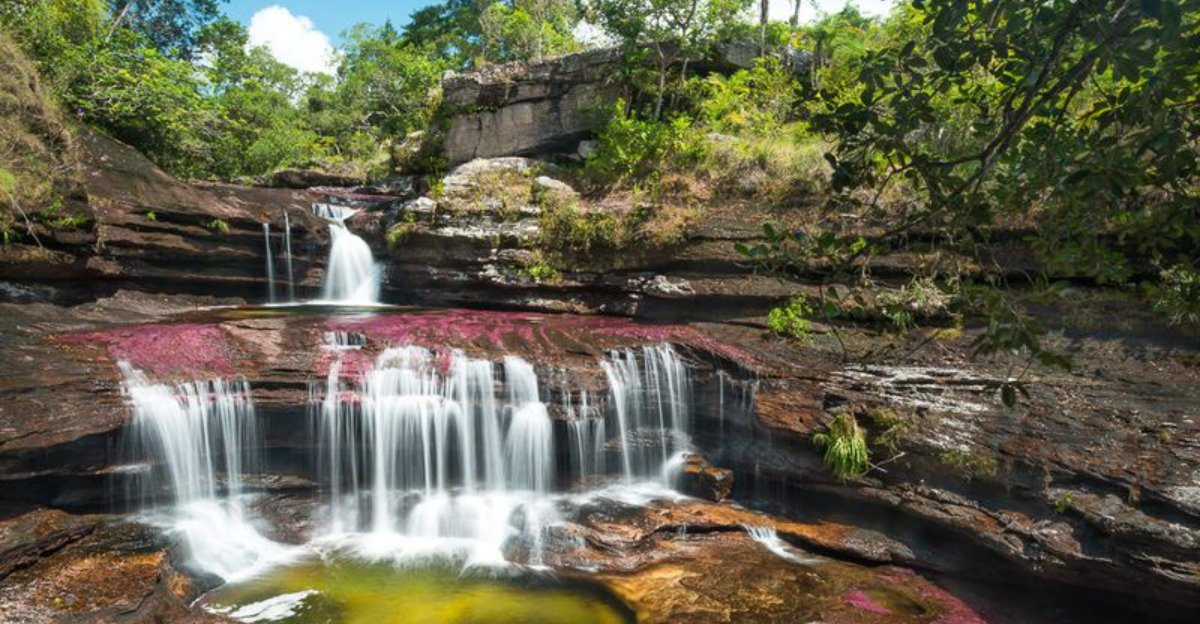
Thinking about a trip to South America? Colombia might be on your radar—with its vibrant culture, lush landscapes, and buzzing cities, it’s no surprise this country has become a top travel destination in recent years. But before you pack your bags, there’s something you should know.
Despite its progress, not all parts of Colombia are equally safe for travelers. In fact, U.S. officials have issued warnings about several regions due to ongoing security concerns. From remote jungle zones to certain urban neighborhoods, some areas still face serious issues like drug-related violence and armed conflict.
In this guide, we’ll walk you through 13 places in Colombia that American travelers are currently being urged to avoid—so you can plan your adventure wisely and stay safe on the road.
1. Arauca Department: Oil-Rich Border Region Plagued By Violence
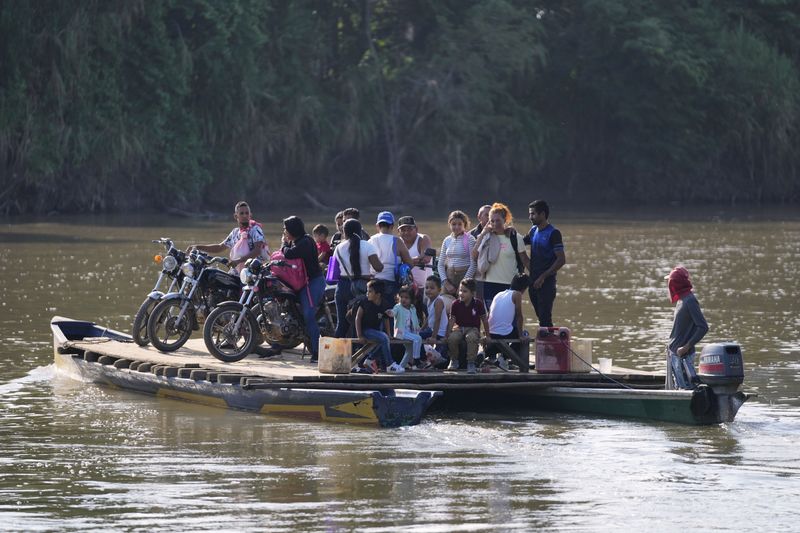
Sharing a border with Venezuela, Arauca faces ongoing conflicts between guerrilla groups fighting for control of valuable oil pipelines. The department’s strategic location makes it a hotspot for smuggling operations and armed confrontations.
Local residents navigate daily security challenges that visitors aren’t equipped to handle. Military checkpoints dot the landscape, and kidnapping threats remain significant for foreigners perceived as wealthy targets.
Even Colombian authorities advise against travel here unless absolutely necessary, with U.S. officials placing it under their highest travel warning category. The region’s beautiful plains and cowboy culture remain hidden behind a dangerous reality that keeps tourism at bay.
2. Cauca Department: Mountainous Terrain With Ongoing Conflict
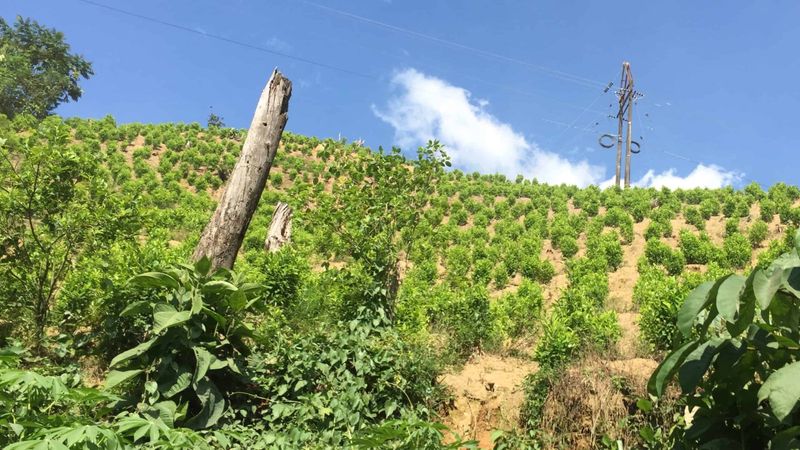
Nestled in southwestern Colombia, Cauca’s breathtaking mountains hide a troubling reality of territorial disputes and violence. Indigenous communities often find themselves caught between warring factions of former FARC dissidents, ELN guerrillas, and drug trafficking organizations.
Roads connecting towns frequently become sites of illegal checkpoints where armed groups stop vehicles to extort money or worse. The security situation changes rapidly, making even well-planned trips unpredictable and potentially dangerous.
Though parts of northern Cauca have seen improvement, much of the department remains under travel warnings from multiple governments. The coca crops covering hillsides tell the story of why this beautiful region continues to suffer from violence.
3. Norte de Santander Department: Lawless Frontier Region

This northeastern department shares a porous border with Venezuela that’s become a playground for criminal organizations. The Catatumbo region within Norte de Santander is particularly notorious, producing vast quantities of coca while remaining largely outside government control.
Armed groups regularly clash for dominance over smuggling routes, creating a volatile environment where violence erupts without warning. Foreigners stand out immediately in these areas, making them potential targets for kidnapping or robbery.
Despite containing the charming colonial city of Cúcuta, venturing beyond urban centers puts travelers at serious risk. The U.S. Embassy specifically warns against all travel to rural areas of this department where even Colombian security forces maintain limited presence.
4. Chocó Department: Isolated Pacific Rainforest With Security Vacuum
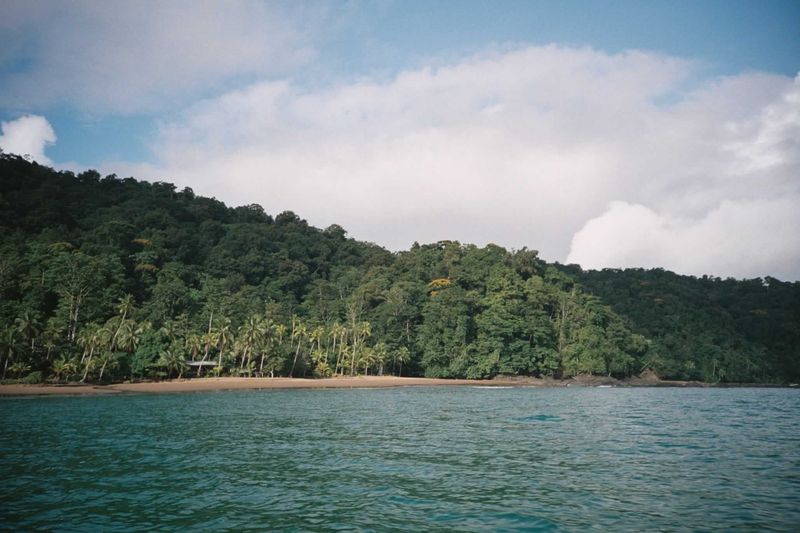
Hugging Colombia’s Pacific coast, Chocó boasts incredible biodiversity and stunning beaches that should make it a tourism paradise. Instead, limited government presence has allowed criminal groups to establish control over vast stretches of territory.
Transportation infrastructure remains minimal, with many communities accessible only by boat or small aircraft. This isolation creates perfect conditions for illegal mining operations and drug trafficking networks to operate with impunity.
While whale-watching destinations like Nuquí attract some brave travelers, much of Chocó remains too dangerous for tourism. Afro-Colombian and indigenous communities bear the brunt of violence as rival groups battle for control of valuable resources and smuggling routes in this forgotten corner of Colombia.
5. Nariño Department: Coca Cultivation Hotbed Near Ecuador
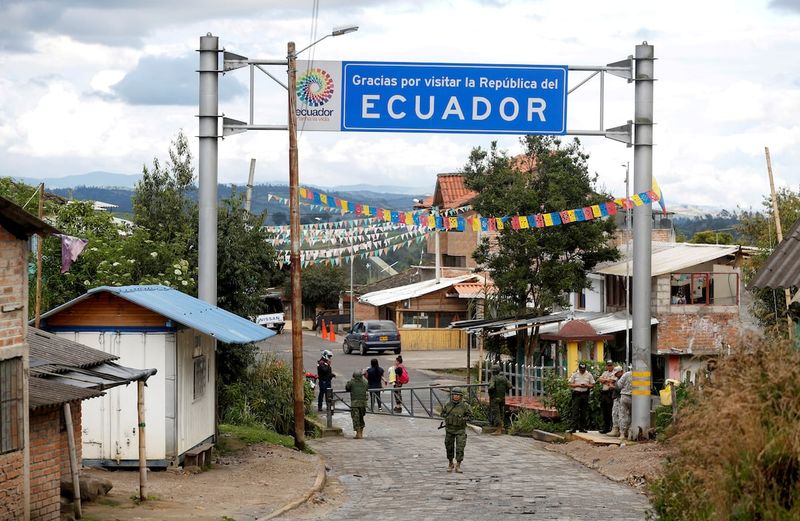
Bordering Ecuador in Colombia’s southwest, Nariño combines stunning Andean highlands with Pacific coastal lowlands. Its varied geography unfortunately makes it perfect for coca cultivation and cocaine production facilities hidden deep in remote areas.
The port city of Tumaco has one of Colombia’s highest murder rates, with criminal organizations battling for control of maritime smuggling routes. Rural roads frequently see illegal checkpoints where armed groups stop and question travelers about their purpose in the region.
While the colonial city of Pasto remains relatively safe, venturing into surrounding countryside puts visitors at significant risk. U.S. travelers should avoid the coastal and border regions entirely, as American citizenship can make you a high-value target in areas where law enforcement has minimal reach.
6. Putumayo Department: Amazon Gateway With Persistent Dangers
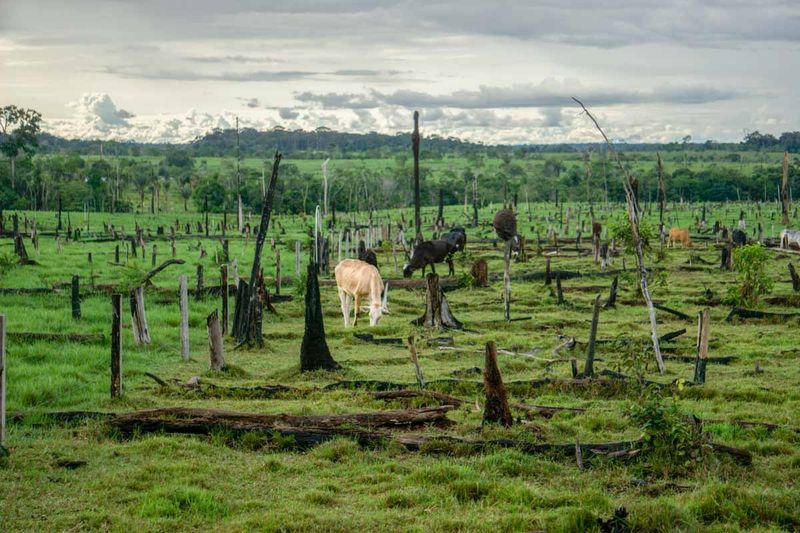
Located at the edge of Colombia’s Amazon basin, Putumayo offers incredible biodiversity that should make it an ecotourism destination. Reality tells a different story, as this southern department continues struggling with armed groups controlling vast territories.
The Colombia-Ecuador border here serves as a major trafficking corridor, with rivers providing transportation routes for illegal goods. Indigenous communities face constant threats from groups seeking to control their ancestral lands for coca cultivation or mining.
Though some brave tourists visit Mocoa to access jungle experiences, traveling independently through Putumayo remains extremely risky. Military presence along main highways doesn’t extend into rural areas where control belongs to whoever has the most guns, not government authorities.
7. Caquetá Department: Remote Jungle With Limited Government Control
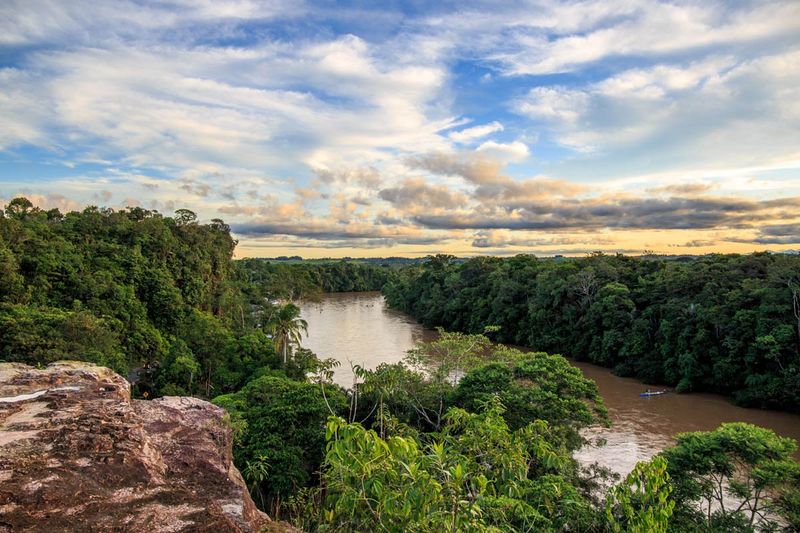
Deep in Colombia’s Amazon region, Caquetá represents one of the last frontiers where nature still dominates the landscape. Former FARC strongholds remain problematic despite peace agreements, with dissident groups maintaining significant influence throughout rural areas.
Cattle ranching and illegal logging have created environmental conflicts that sometimes turn violent. The department’s isolation makes it difficult for authorities to respond quickly to security incidents, leaving travelers vulnerable if problems arise.
Adventure seekers might be tempted by Caquetá’s pristine rainforests and rivers, but even Colombian tourism authorities recommend against visits. The U.S. State Department maintains its strongest warning against travel here, citing ongoing kidnapping threats and armed group activity that make this verdant region too dangerous for foreign visitors.
8. Guaviare Department: Uncharted Territory With Emerging Threats
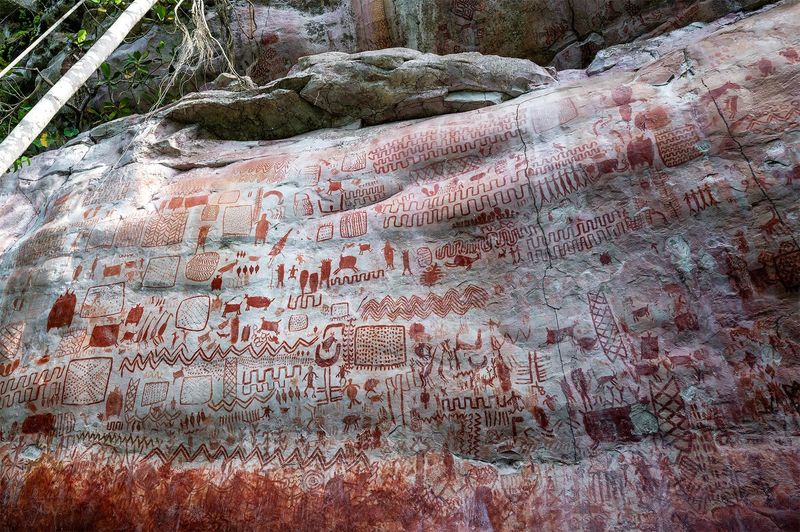
Guaviare represents Colombia’s transition zone between plains and Amazon rainforest, offering spectacular natural features like the Serranía de Chiribiquete National Park. Unfortunately, this remote department has become a hotspot for deforestation tied to illegal activities.
Armed groups control access to many areas, establishing invisible boundaries that locals understand but visitors might unknowingly cross with devastating consequences. The region’s isolation means help could be days away if travelers encounter trouble.
Though prehistoric rock paintings at Cerro Azul attract some tourism to San José del Guaviare, venturing beyond approved areas puts visitors at serious risk. The department’s vast expanses of jungle provide perfect cover for criminal operations, making Guaviare a place where foreign travelers, especially Americans, should think twice before visiting.
9. Vichada Department: Eastern Plains With Minimal Infrastructure
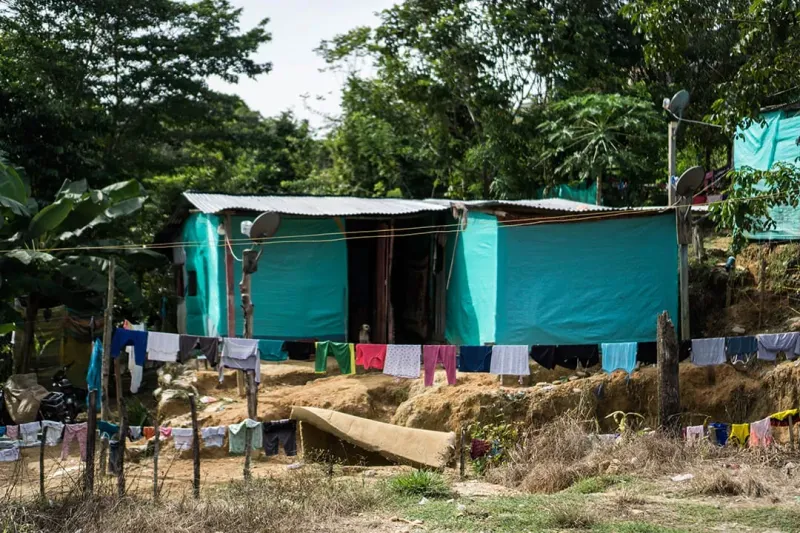
Stretching along the Venezuelan border, Vichada’s vast plains and rivers remain one of Colombia’s least developed regions. The department’s isolation has made it attractive to armed groups seeking territory beyond government reach.
Limited road networks mean travelers can become stranded for days if security situations deteriorate. During rainy seasons, entire areas become inaccessible except by boat or small aircraft, further complicating any emergency response.
Wildlife enthusiasts might be drawn to Vichada’s untouched savannas and rivers teeming with fish, but the security risks outweigh the natural beauty. Both drug trafficking and cattle smuggling operations create dangerous conditions for outsiders who might accidentally witness illegal activities in this frontier region where cell phone coverage remains spotty at best.
10. Meta Department: Beautiful Plains With Hidden Dangers
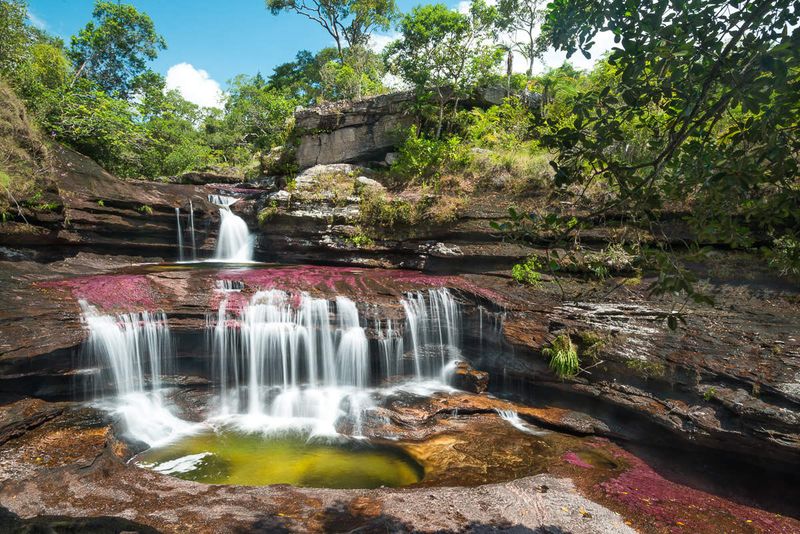
Meta’s spectacular landscape features rolling plains leading to the Andes Mountains, with colorful Caño Cristales often called the “river of five colors.” While tourist areas like La Macarena receive visitors under strict controls, much of rural Meta remains dangerous.
Former paramilitary strongholds have transformed into criminal enterprises controlling vast cattle ranches and drug operations. Travelers venturing beyond designated tourist zones risk encountering illegal checkpoints where armed groups question and sometimes detain outsiders.
The contrast between Meta’s organized tourism corridors and its no-go zones highlights Colombia’s complicated security situation. Stick to official tours with registered companies when visiting attractions like Caño Cristales, and avoid independent travel through rural areas where American travelers might become targets for groups seeking international attention.
11. Bolívar Department: Southern Regions Beyond Tourist Zones
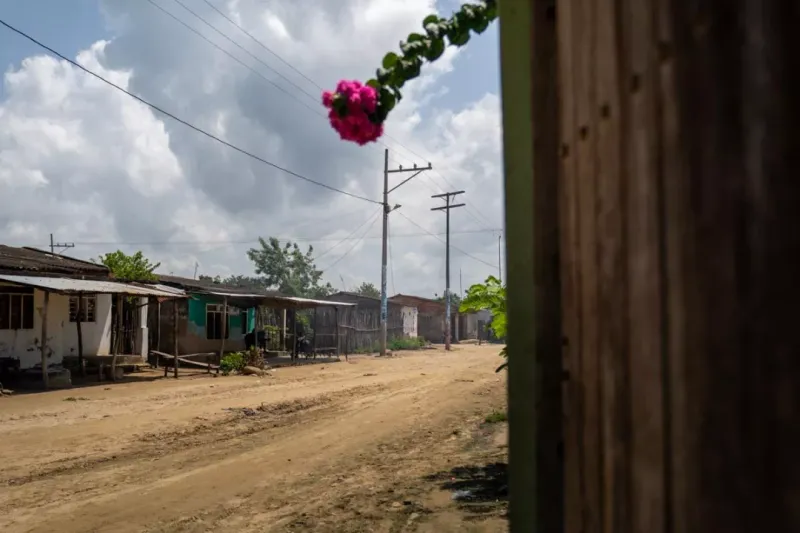
While northern Bolívar boasts Cartagena’s colonial charm, the department’s southern reaches tell a different story. These remote areas continue struggling with illegal mining operations that contaminate rivers with mercury while creating violent competition for resources.
Armed groups maintain control over many small communities, collecting “taxes” on all economic activities. The Montes de María region, though improving, still bears scars from decades of conflict that displaced thousands of families.
Tourists safely enjoying Cartagena’s beaches remain completely unaware of the challenges facing southern Bolívar. The stark contrast between the department’s tourist-friendly north and dangerous south illustrates Colombia’s uneven development and security situation. American travelers should avoid southern Bolívar entirely, where law enforcement presence diminishes with each mile traveled from the Caribbean coast.
12. Córdoba Department: Rural Areas With Persistent Conflict
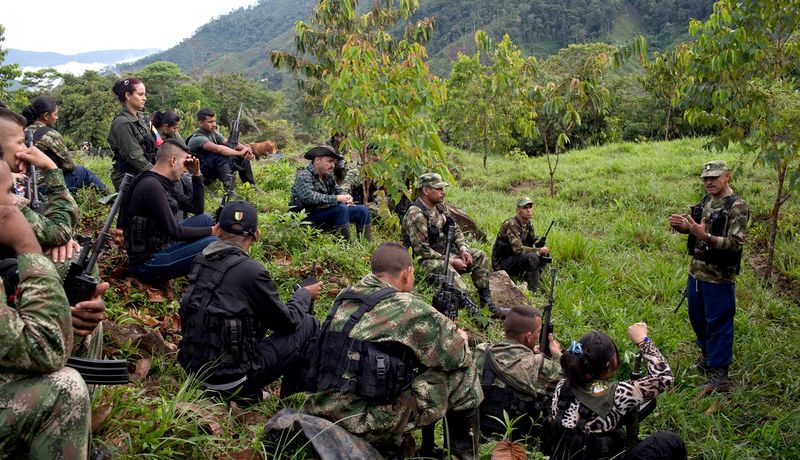
Córdoba’s northern beaches and cattle ranching heritage mask ongoing security challenges in its southern mountains and valleys. Former paramilitary groups have transformed into criminal organizations controlling territory and extorting local businesses.
The Nudo de Paramillo region, shared with Antioquia, continues experiencing violence despite government efforts to establish control. Environmental defenders face particular danger in areas where illegal logging and mining operations destroy protected forests.
While coastal areas near Montería remain relatively safe, the southern municipalities bordering Antioquia should be avoided by foreign travelers. U.S. citizens face heightened risks in these areas where criminal groups view Americans as valuable kidnapping targets. The department’s beauty hides dangerous realities that persist despite Colombia’s overall security improvements.
13. Antioquia Department: Remote Regions Beyond Medellín’s Reach
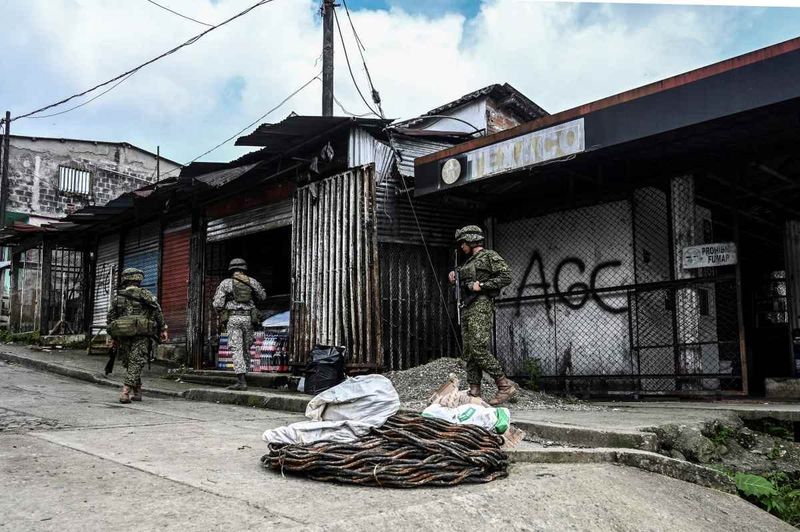
Antioquia’s transformation from Pablo Escobar’s violent playground to international tourism success story remains incomplete in its remote corners. While Medellín welcomes visitors with innovation and warmth, rural municipalities like Ituango, Briceño, and Tarazá continue experiencing armed group activity.
The Bajo Cauca region faces particular challenges with illegal gold mining operations funding criminal organizations. Environmental defenders and community leaders who oppose these activities frequently receive death threats or worse.
Travelers safely enjoying Medellín’s perfect weather and Guatapé’s colorful streets should avoid venturing into northern and northwestern Antioquia without proper security information. The department’s mountainous terrain creates isolated pockets where government presence remains minimal, allowing armed groups to maintain control despite being just hours from Colombia’s second-largest city.
